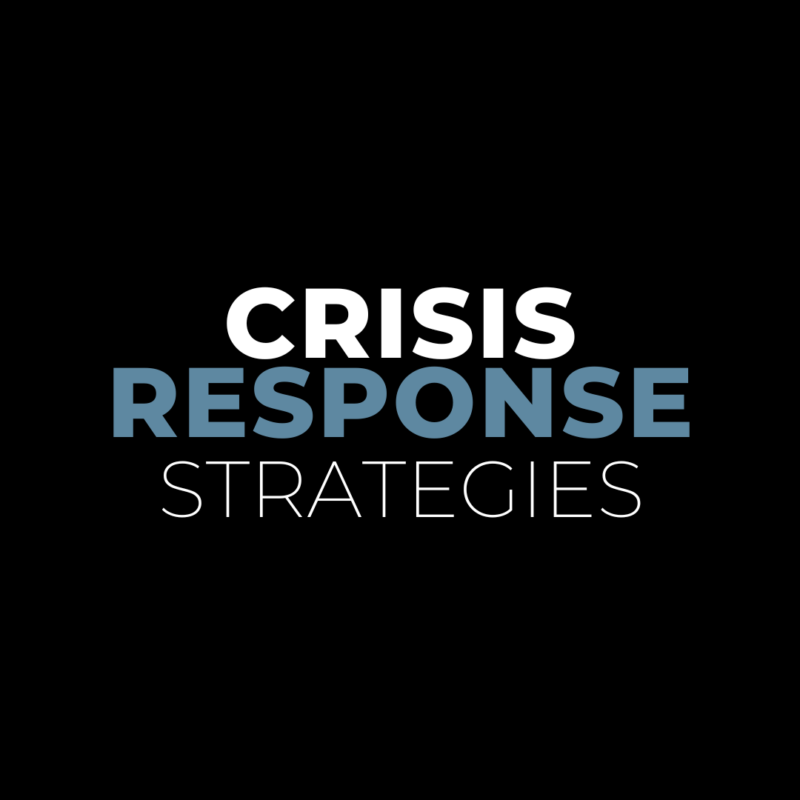PRoofread!
For the record, both of the above conversations were with my sister, who will forever be my resource when it comes to math problems a calculator can’t solve. For years, she argued with me that grammar and writing skills were not important and that she would never need them in her science- and math-based profession. As it turns out, I won that argument and now edit the vast majority of the reports she turns in to her managers.
So why should you care about proofreading written communications? Consider the following:
- People will rarely notice when your materials are in perfect grammatical order, but if your gaffe is public, odds are you’ll have a lot of people noticing what you did wrong. In the age of the Internet, that means your little mistake could turn into a big joke…on you. Check out the following mistakes you may be familiar with:
- Good grammar and writing skills often indicate education, attention to detail and overall credibility. While a variety of styles exist, from Associated Press to MLA, the concept is the same: follow the rules. We may never solve the argument over the validity of the Oxford comma, but we can all agree that commas have a place, and it’s not between every other word. Don’t believe me? Check out this article from the Harvard Business Review about why job applicants should understand grammar.
1. Homonym misuse (or homophone, if you prefer that term)
- Its vs. it’s – A common mistake, this word doesn’t follow the traditional rules of an apostrophe. Apply the most literal rule – that the apostrophe makes it “it is” and you shouldn’t have a problem identifying which is possessive.
- Affect vs. effect – As you can see in the above text message I sent my sister, affect is a verb and effect is a noun. Need help with the difference in a verb and a noun? I recommend Grammar Girl’s Quick and Dirty Tips.
- Accept vs. Except – I once read a fervently written letter posted on my neighbor’s apartment door. It was meant for the deliveryman that came through our building every day, and they told him “packages left outside the door would not be excepted.” The deliveryman must have gotten the message despite the error, because the note was removed a few days later. To keep this embarrassing story from happening to you, remember that accept is a verb and except is a conjunction or preposition meaning “not including.”
3. Apostrophes in plural words – Don’t do it.
4. Two spaces after a period – Odds are, your high school English teacher told you to put two spaces after a period. I’m here to tell you your high school English teacher probably learned that when he or she used a typewriter. The rule exists because of the way typewriters were made, and two spaces made the words easier to read. Thanks to our good buddy Steve Jobs, word processing software ensures a precise amount of space between each letter, rendering two spaces after a period an outdated rule. Check out this article for more information.







